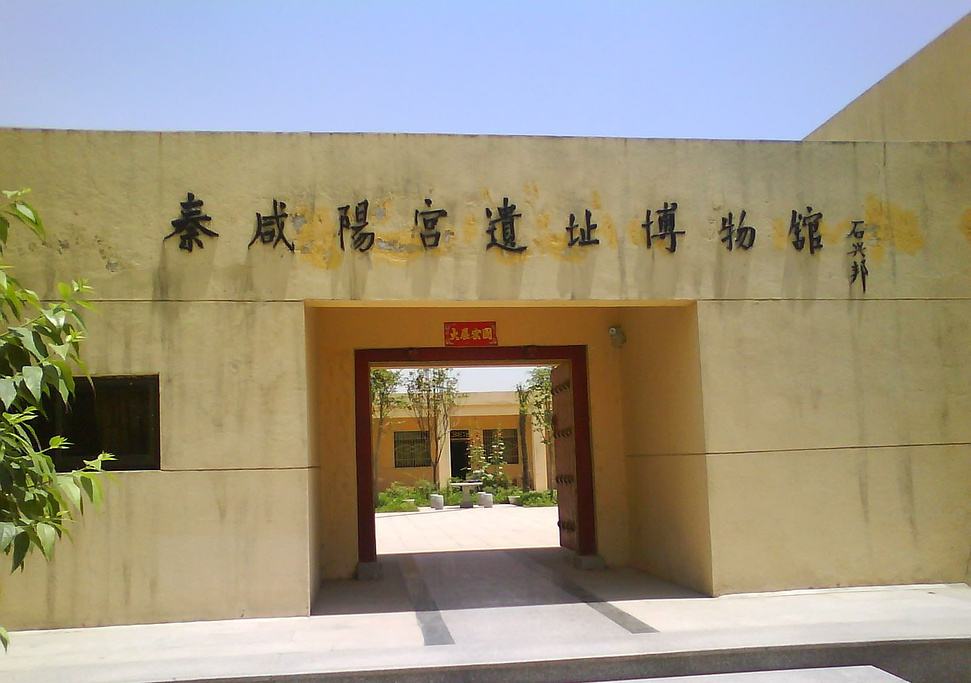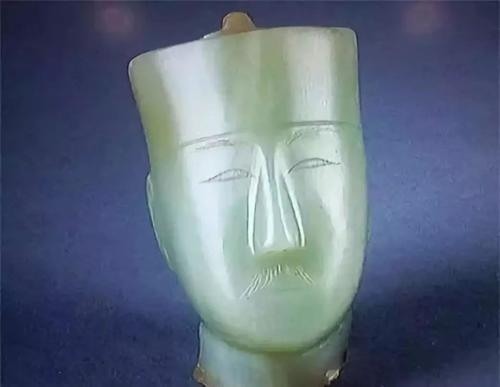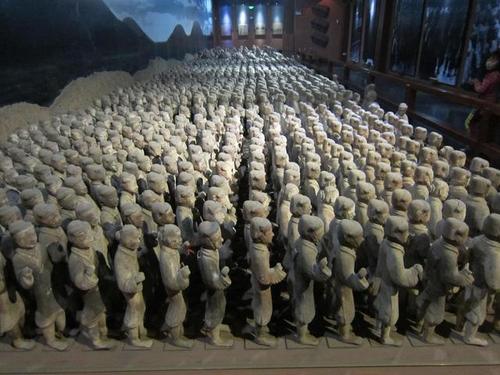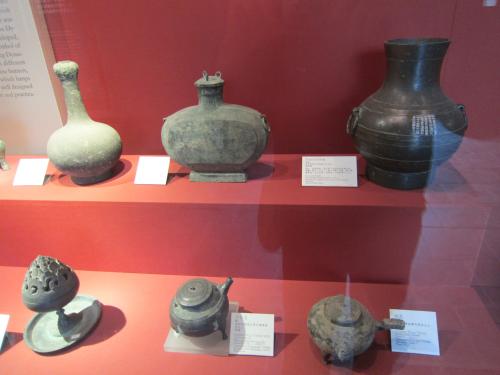Chinese Name: 咸阳博物馆 Pronunciation: xián yáng bó wù guǎn
Recommended Time for Visit: 1-2 Hours
Building Area: 37, 000 square meters
Opening Time: 1962
Best Visiting Season: All seasons
Building Function: Historical relics of the Qin and Han Dynasties are on display.
Address: No.53 Zhongshan Street, Weicheng District, Xianyang City, Shaanxi Province
Admission Ticket Fare: The Museum is open to the public free of charge. You can get a ticket with your valid identity certificate.
Opening Hours: 9:00-17:30 (No admission is allowed after 17:00. The Museum is closed every Monday, except bank holidays.)

Xianyang Museum, opened in 1962, is located in the middle of Zhongshan Street, Xianyang City. It is a national second-class museum and one of the second batch of institutions nationwide which are open to the public free of charge. In the site of the Museum originally stood the Confucian Temple which was built in 1371. The main buildings of the Museum consist of the decorated archway, the front hall, the main hall, and the rear hall, which are well preserved and quite imposing.
Xianyang Museum is awarded as one of the sixth batch of major historical and cultural sites protected at the national level and a national 3A-level tourist attraction.
Xianyang Museum houses more than 20,000 cultural relics. Among the valuable relics, there are some from the Han Dynasty such as a jade horse, a colorfully-painted commander figurine, and the Tiger Tally of King Lu, and some from the Tang Dynasty such as an elegantly carved pot made of pure gold and a tri-colored single-hump camel made of pottery.

The Museum is equipped with eight exhibition halls, where more than 3,800 cultural relics are on display. There are five kinds of displays: Historical Relics of Xianyang of the Qin Dynasty, Colorfully-painted Terracotta Warriors and Horses of the Western Han Dynasty, Religious Relics, Steles, and Exquisite Jade Articles. The relics on display have their own characteristics and manifest the profound Chinese culture.
Xianyang Museum is known for its beautiful environment, impressive exhibition, and good service. As an appealing “city card” of Xianyang, the museum attracts people from all sides.

Xianyang Museum sits in the original site of the Confucian Temple which was built in 1371. The Temple was repaired and renovated about eight times during the following several hundred years.
During the early period of the Republic of China, the wooden decorated archway of the Town God’s Temple built-in 1371 was relocated in the southernmost part of the Confucian Temple (where the Lingxing Gate originally stood), and now serves as the decorated archway of Xianyang Museum.
Upon approval by higher authorities in 1962, Xianyang Museum was established in the site of the Xianyang Confucian Temple.
In 1963, some buildings located in the original sites of the Ji Gate and Minglun Hall of the Confucian Temple were pulled down. Then the halls of the Xianyang Museum were built there. The main hall and the small decorated archway were built on the west of the Minglun Hall.
In 2003, the Museum was selected by the People's Government of Shaanxi Province as one of the fourth batch of major historical and cultural sites protected at the provincial level.
On May 25, 2006, the museum was selected by the State Council as the sixth batch of major historical and cultural sites protected at the national level.

Made of mutton fat jade, the jade horse and a feathered man is 7 cm high and 8.9 cm long. It is a running horse that holds its head and pricks up its ears. The horse is strong and gallant, and if you look at it carefully, you will find its sharp teeth in open mouth. Manufactured with exquisite craftsmanship, the jade horse looks vivid. The horse stands on the cloud with his legs, hoofs, and tail integrated with the cloud, exuding the beauty of running. A feathered man with beast ear rides the horse, one hand on the horse neck, one hand with ganoderma.

As one of the class A cultural relics of the Han Dynasty, this jade terra-cotta head shows the head of a jade terra-cotta figure. It is turquoise and carved by three-dimensional carving, relief carving, and negative lines carving. It wears a high crown, with a long face, willow-leaf-shaped eyes, long nose, and pursed lip. Manufactured with exquisite craftsmanship and sophisticated material, this jade terra-cotta head is well preserved and is a rare masterpiece of the Han Dynasty.

The Terra-cotta Warriors of the Han Dynasty are buried in a subordinate tomb. It is said that the host of this tomb may be great chancellor Zhou Bo (?-169 BC) or general Zhou Yafo (199 BC—143 BC) of the Han Dynasty. A total of 1,965 soldiers, 583 horse-riding warriors, and 410 shield-shaped models were found, which is known as "three thousand troops." According to the analysis, these cultural relics might be buried with the Han imperial tomb.
Officially opened in 1962, Xianyang Museum was reconstructed from the Confucian Temple, which could be dated back to the fourth year of The Reign of Emperor Hongwu of the Ming Dynasty.

In the Western Han Dynasty, there were 11 emperors. Except for the Tombs of Emperor Wen and Emperor Xuan, the tombs of other emperors were in the northern suburbs of Xianyang, forming a natural museum cluster. Therefore, there is a popular saying that "Southern China is the cradle of numerous literati, and Xianyang is the mausoleums of generations of the Emperors."
The clothing of the early Western Han Dynasty was improved based on Chu clothing and absorbed the elements of Hu clothing and Qin clothing, forming a new fashion. The difference in dress system reflects the obvious difference in rank. Legend has it that Liu Bang (256 - 195 BC), Emperor Gaozu of the Western Han Dynasty, was fond of short clothes. He once asked his subordinates to change their clothes and wear short Chu clothing.
Take bus 19 or 56 and get off at Bowuguan Station (Xianyang Museum).
Chinese: 请带我去咸阳博物馆。English: Please take me to the Xianyang Museum.
If you go to the Xianyang Museum from the center of Xi'an (the Bell Tower), it takes about 57 minutes ( about 76 yuan).
If you go to the Xianyang Museum from the center of Xianyang (the Renmin Road), it takes about 35 minutes (about 45 yuan).
If you go to the Xianyang Museum from Xi’an Xianyang International Airport, it takes about 25 minutes (about 50 yuan).
If you go to the Xianyang Museum from Xi’an North Station, it takes about 25 minutes (about 35 yuan).
